Disclaimer: This story mentions infertility and may be triggering to some.
“’Mom, do I have a real mom?’
15 years ago, my daughter caught me off guard with this loaded question, and it caused me to reflect on how we got to that point. When Dave and I married on May 7, 1994, we fully expected to strike ‘have a family’ off our list when we decided to schedule it into our lives. It didn’t quite work out that way. After what seemed like an eternity, we finally got pregnant! Unfortunately, the pregnancy was not meant to be. We lost the baby at 10 weeks.
In fact, it was meant to be. The miscarriage turned out to be an important part of our journey. With each negative pregnancy test (to which I developed an addiction, but that is another story!) and compounded by the heartbreak of our one pregnancy spontaneously terminating, we were developing our armor to face the battle ahead.
In my book, The Pocket Adoption Coach, I use the analogy of a little baby chick breaking out of its egg. This city girl has never personally witnessed this phenomenon, but I understand it can be very distressing to watch the little chick that struggles to break through the shell and begin life on the outside. A passerby may be tempted to break the shell. What the Good Samaritan wouldn’t realize is that this could kill the chick.
You see, it is the strength gained in breaking through the shell that equips the baby chick to survive in the outside world. Similarly, we were storing up the strength we needed to overcome the challenges we would face throughout our adoption journey. Some of these challenges were so significant that our adoption plans were at risk of falling through on multiple occasions.
Our first adoption was international. Katja was born in Cherkasy, Ukraine, where she lived in an orphanage for almost the first four years of her life. At that time, we were living in Montreal and the province of Quebec had not reopened its borders to Ukraine for adoptions after closing due to considerable corruption. Our local government agency was interested in tracking our progress, but they could not help us. So, by trial and error we assembled our dossier of documents and sent them overseas with the hope that they would satisfy the authorities.
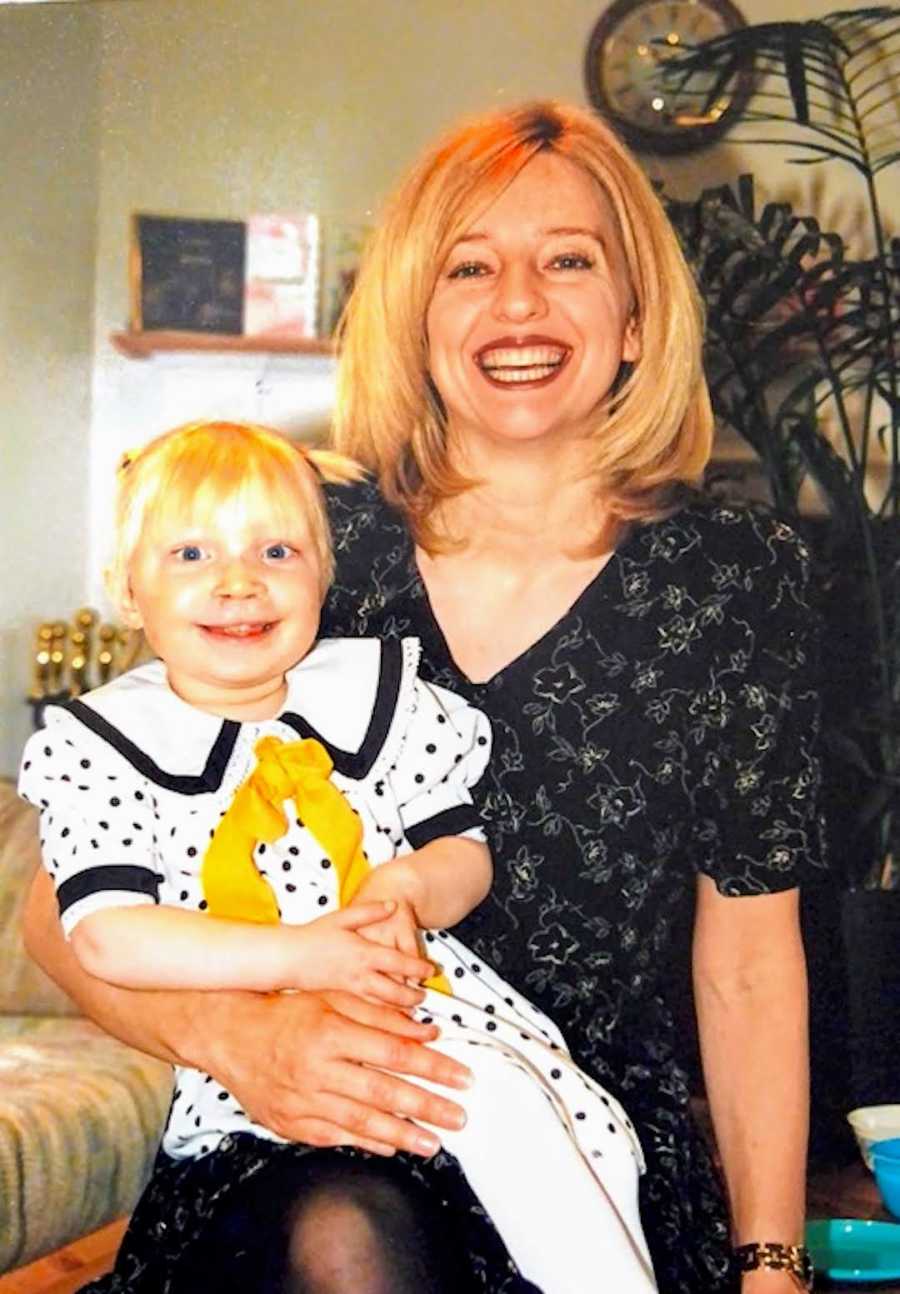
They did not. As explained more fully in the book, there were several times throughout the process that people told us, ‘You can’t do that!’ Sometimes it was the Ukrainian authorities, but the most significant challenge came courtesy of our own immigration processes. We were heartbroken when we were forced to abandon our newly-adopted daughter in the orphanage and return home without her due to a breakdown in the process.
The authorities tried to console us that we should be able to return to bring Katja home in six months to a year. During our first visit, she opened up to us like a flower in bloom. After four years of never trying to speak, she called out ‘mama’ when we visited the orphanage in between meetings to complete the adoption. What would another year of institutional living do to her? Fortunately, we did not have to find out as our battle to bring her home was won one month later. As a side note, Quebec reopened its borders to Ukrainian adoptions the very next year after witnessing our success first-hand.
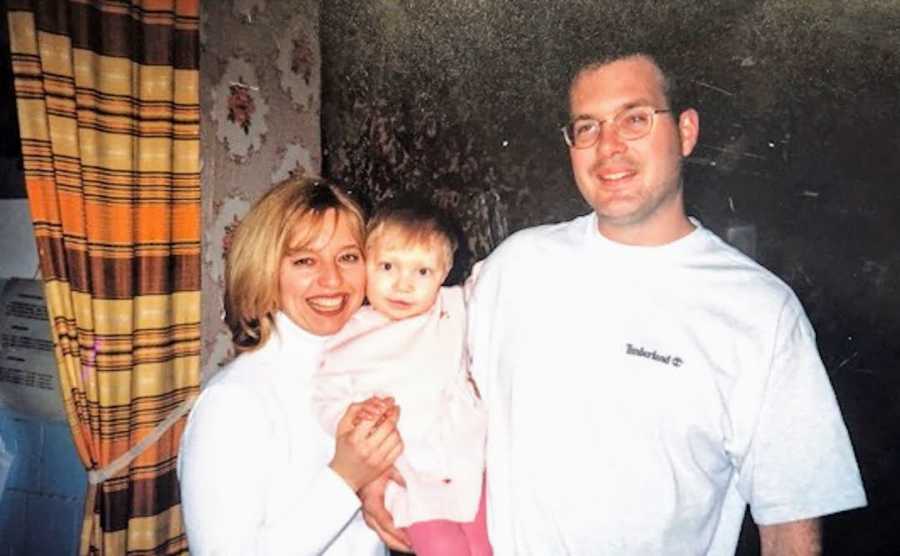
Our second adoption of twins Matt and Nick almost didn’t even happen. An unfortunate law in Quebec prevented pregnant girls from choosing the parent(s) should they elect to place their baby for adoption. Our family doctor found a legal way to circumvent this law by supporting the girl through her pregnancy as if she was keeping the baby. Once the baby was born, the girl was then free to select the adoptive parents. I have not kept current with the laws, but I do hope this one has been updated to provide more options to the birth mother.
Before learning about this loophole, our own birth mother was planning to terminate her pregnancy. The thought of losing control of her baby to the government was too difficult to bear. Fortunately, she had the same family doctor as us, and therefore was given another option. We were connected to this brave young lady and the rest, as they say, is history. The very fact that we even met this doctor was a miracle in itself. To describe the circumstances, I must give a shout out to angels in our story.

We had many other complications and near misses I describe in the book. Sometimes we needed angels placed strategically in our path for our story to play out to the end. For example, the woman who led me to our family doctor in Montreal was one of those angels.
Prior to living in Montreal, Dave and I spent two years in postcard-worthy Switzerland. It was near the end of our time overseas when I became pregnant and miscarried. During this period, we happened to meet a couple who were new to our community. The husband was a diplomat, and the wife was from our home Canadian province of Saskatchewan. It was such a brief encounter I cannot even remember their names.

The discussion lasted long enough for her to learn two important facts – I was pregnant and we were moving to Montreal. She mentioned in passing that her childhood friend was a doctor in the Greater Montreal area. It still took several twists and turns for us to connect with this doctor. Had we not, then we would not have met our birth mother and we will never know what would have happened to that pregnancy.
Another angel entered our lives years later, just as we were trying to locate Katja’s Ukrainian birth parents. From an early age, she expressed a keen desire to find out the answers to two burning questions, namely: (i) why did they place her for adoption; and (ii) did she have any blood siblings, particularly younger sisters? The second question was not surprising since her younger identical twin brothers shared a special bond, and at times she felt left out without having her own built-in blood sibling.

Unfortunately, I had no concrete answers for her. To address the first question, I felt in the core of my being that her birth parents placed her in the orphanage as a last resort. Katja was born with a severe bilateral cleft lip and palate, and they would not have had the means to provide her with the proper basic care. I was sure that they made the very difficult decision out of love for her. Once Katja turned 20 years old, she was ready to learn the truth, no matter what it was.
We began to investigate various means to locate Katja’s birth parents. Our own sleuthing turned up empty. For a mere $20,000 we could hire a private investigator with no guarantee of results. That didn’t sound very appealing. As we were looking at various avenues, my sister decided to give Katja Ukrainian language lessons as a Christmas present. Given that she works in the field of English as a Second Language at our local university, she put the word out to the international student body to see who wanted to be hired to give these lessons.
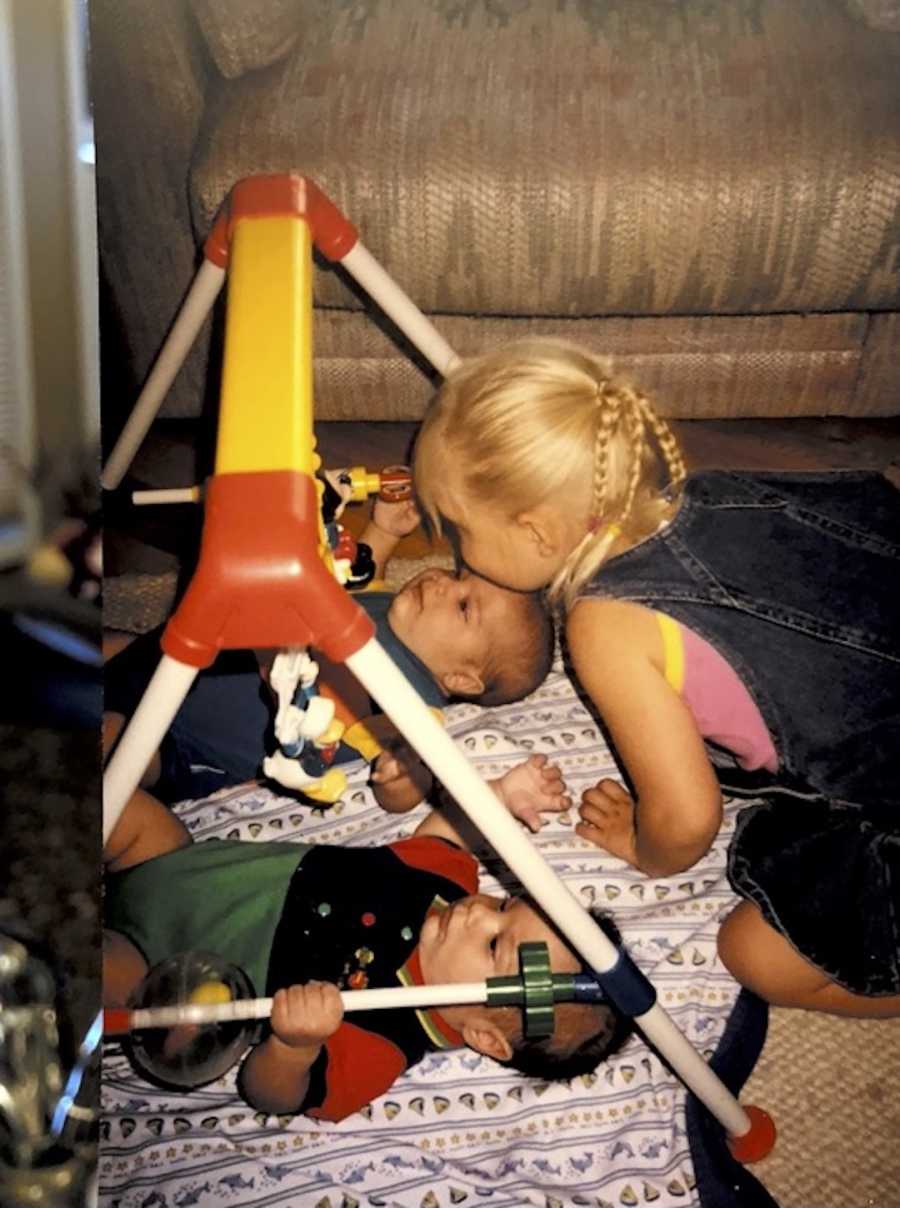
A lovely girl I refer to as Faith responded, and the language lessons began early in the new year. Imagine our state of shock when we discovered that Faith was from Cherkasy, the same small city Katja called home for the first four years of her life! When the next Christmas rolled around, Faith was returning home to visit her family. She agreed to do some detective work on the ground for us.
To make a long story short (again, more details in the book!), Faith almost had to leave Cherkasy with no news. All the information we could provide her to find Katja’s birth parents was contained within a one-page document. As it turned out, some details were missing and so it was not straightforward to locate the address listed on the form. We are so grateful she persevered. On that cold and dark evening in late December, she knocked on the window of one more apartment and an elderly lady responded. The woman demanded to know why this stranger was knocking on her window. Imagine her shock to discover that her birth granddaughter, born two decades earlier, was living in Canada! Imagine our surprise that birth grandma still lived at the address listed on the adoption papers 20 years prior.
That is how we connected with Katja’s birth family, which does include two younger blood sisters! We also learned about the pain they felt when they left Katja at the orphanage out of love so that she had a chance to survive. A flurry of information was exchanged thanks to Google translate, as well as Skype calls facilitated by Faith. I would like to say we all became one big happy family. However, life is messy and rarely that simple. After a few months, our communication waned. The reality was they were strangers, we did not speak a common language, and we live a world apart. I will forever be grateful to this beautiful couple who gave us the greatest gift one could receive.
When people ask me what they need to realize their adoption dreams, or any other goal where the stakes really matter, I refer to the importance of developing a clear and compelling vision. When working with professional coaching clients, I relay parts of our adoption story as an example. If our goal was too vague or not inspiring, (e.g. ‘maybe someday we might adopt’) I am not sure we would have had the fortitude to withstand all of the challenges we faced. While the twins’ adoption involved clearing a few hurdles, it was Katja’s adoption that really required us to regularly tap into our vision to keep putting one foot in front of the other. Fortunately, we had tangible representations of that vision to keep it in our line of sight.
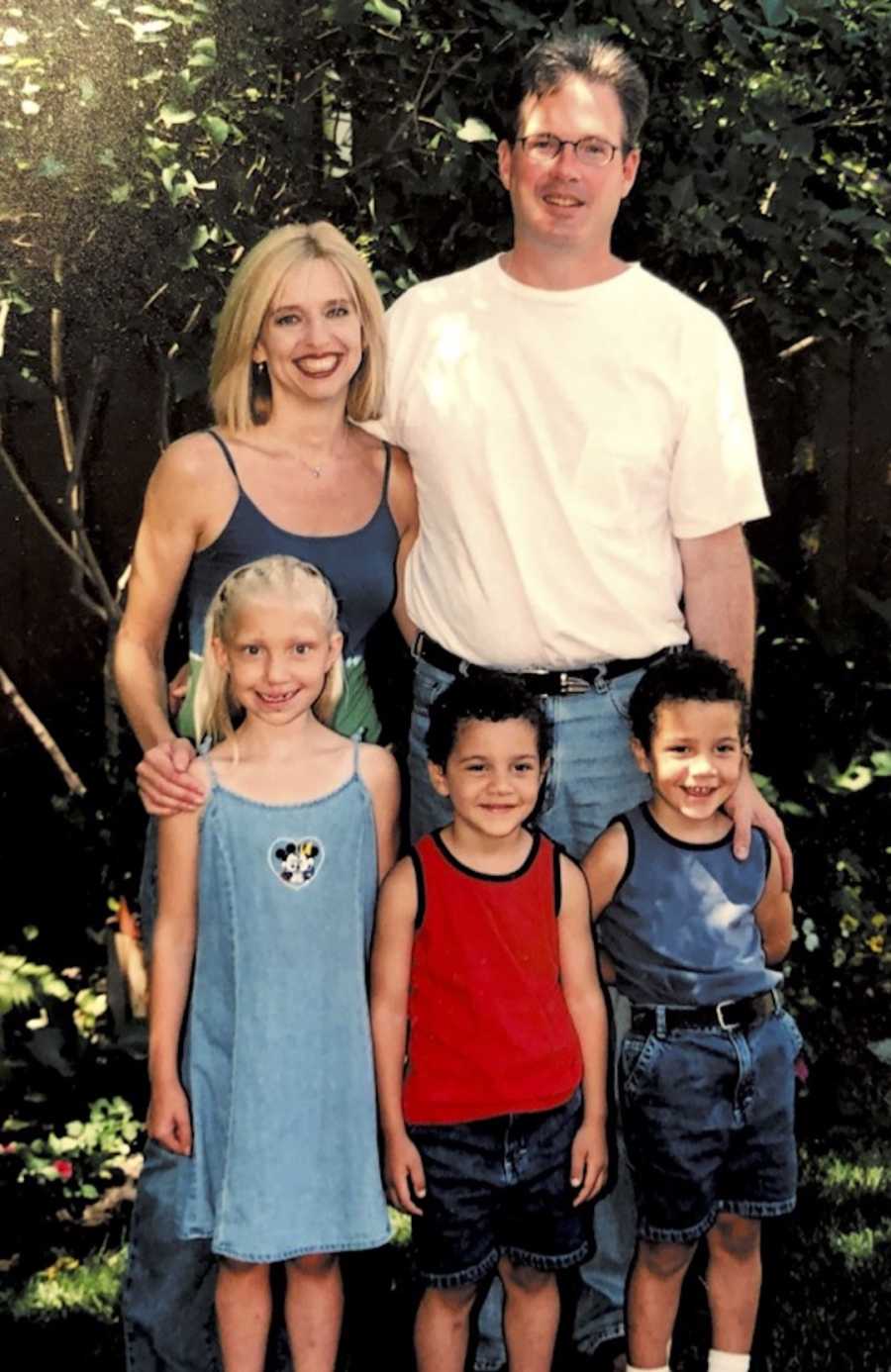
One such representation was in the form of photos of Katja attached to the front of our fridge. Another was a little more unusual, as it was a broken dresser knob. Before our first trip to Ukraine, we purchased an IKEA dresser for the clothes we had accumulated for Katja. During assembly, Dave accidentally broke a knob. I’m not sure why, but for some reason I put this broken knob in my coat pocket. Perhaps I was planning to replace it and wanted it handy so I would buy the right one. No matter the reason, it ended up being an important visioning tool.
As we progressed through our journey – both in Canada and especially while in Ukraine – I continually felt that knob in my pocket. This broken piece of wood was a constant reminder that we were not on a mission to complete a bureaucratic adoption process. Instead, we were on route to bring our daughter home so she could wake up in her bedroom and put on her clothes that were folded neatly in her dresser that had a broken knob. We never doubted that we would fight until we could bring her home.
By the time we began the adoption of Matt and Nick, we had developed thick skin. Therefore, when we brought the twins home from the hospital and were informed we could not adopt them, I didn’t skip a beat and simply inquired how to get the ball rolling. In between feedings and diaper changes, we completed the legal adoption requirements. And so after a slow start, we went from zero to three children within fourteen months. Years later, we adopted our beautiful brown-eyed Chloe. Chloe is a six-pound Shih tzu!
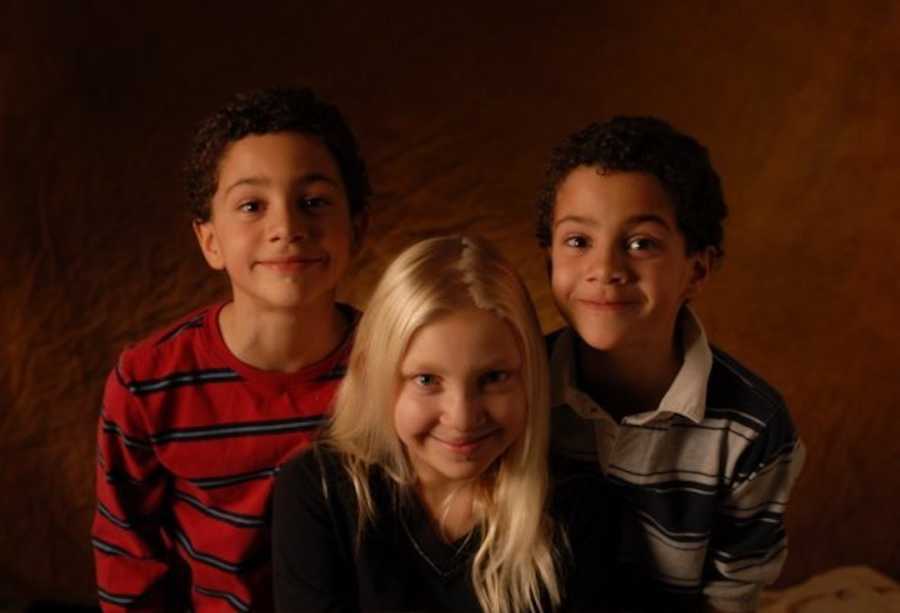
Our ‘children’ are now in their twenties and every single day I recognize how blessed we are. I remember hearing some advice early on that if our children would remember being told that they were adopted, then we waited too long to tell them. Maybe it was because of this advice, or because we adopted Katja at an older age, but we openly discussed their history from the beginning. I firmly believe that their unique heritages are something to celebrate, not hide.

This philosophy came in very handy when Katja asked the question posed at the beginning of this article – ‘Mom, do I have a real mom?’ We didn’t always have perfect answers for every question that we fielded over the years. That is okay, because we never avoided the issues and answered as honestly and completely as we could. Besides, they won’t remember every fact and detail. Instead, I hope they will recall that their mom was present in the moment and cared enough to meet their need – in this case for information – despite some fleeting moments of discomfort. Isn’t that what all real moms do?
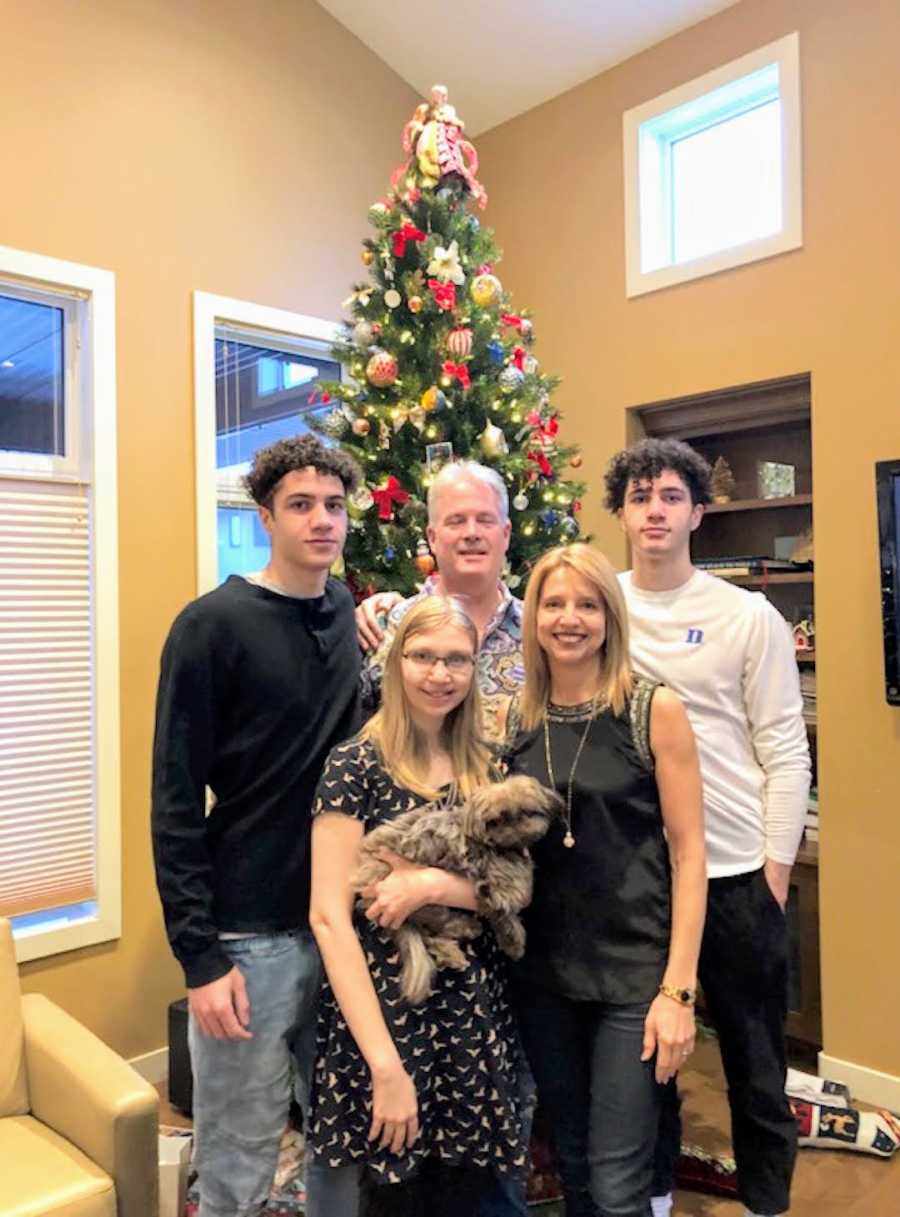
Through our experiences and by leveraging my coaching training, I hope to inspire others to realize their dreams through our story. Furthermore, I share relevant coaching tips through my instagram page (@pocketadoptioncoach) and website (www.pocketadoptioncoach.com) to help others in their adoption journey; a journey that continues long after signing the last legal document and bringing their child home!”
This story was submitted to Love What Matters by Michele Hengen from Regina, Saskatchewan, Canada. You can follow their journey on Facebook, Instagram, and their website. Submit your own story here, and be sure to subscribe to our free email newsletter for our best stories, and YouTube for our best videos.
Read more stories like this here:
Do you know someone who could benefit from reading this? SHARE this story on Facebook with family and friends.



